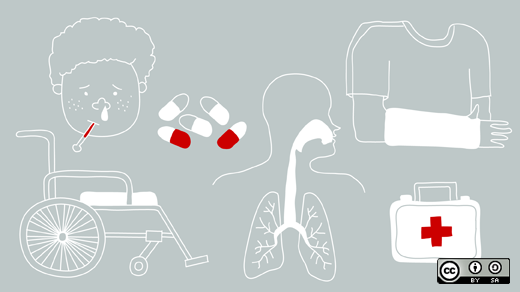This post has already been read 12911 times!
The pressure to contain or drive down health system costs continues to be of big focus. In the US, healthcare expenditure per person has risen by almost 78 per cent since 2000 to USD 8,700 in 2011 (Centers for Medicare & Medicaid Services 2012). In Europe, the proportion of healthcare costs as a share of GDP is predicted to rise from 6.7 in 2008 to 7.6 per cent by 2020. In China healthcare spending might almost triple between 2010 and 2020 to USD 1 trillion per year by 2020 (Bloomberg 2012).
Aging populations are the key factor for growing cost pressures within many of the world’s most advanced health systems. Managing access to healthcare providers, pharmaceuticals, medical devices and procedures will thus become an increasingly crucial factor for managing the cost of healthcare in industrialized countries.
Increasing constraints and limits on reimbursement will support the shift towards self-medication and OTC s. According to a US study, every dollar spent on OTC medicines saves between USD 6 and 7 for the US healthcare system as a whole (Booz & Company 2012). Thus from a supply chain perspective, this reinforces a point that I already made; namely that like most other industries today, pharmaceutical distribution channels must address the increased usage of online ordering and direct-to-customer delivery processes.
In future posts I’ll continue to discuss the changing pharma supply chain, but if you can’t wait I suggest you download the report, The Top Ten Trends Transforming the Pharmaceutical Supply Chain.
Recommended Posts
- What is on the Horizon for Supply Chain Management?
- What Constitutes a True Network?
- Real-World Supply Chain Robotics
- Supply Chain Trends to Watch
- Fielding Software to Defense: A Journey of Ineffectiveness, Inefficiency, and Frustration
- Map of U.S. Trucking Spills in 2016 - January 13, 2017
- What is aPaaS? A Way to Supercharge Your App Development - December 12, 2016
- Future of Transportation: Goodyear’s Radical Smart Tire Concept - November 3, 2016

